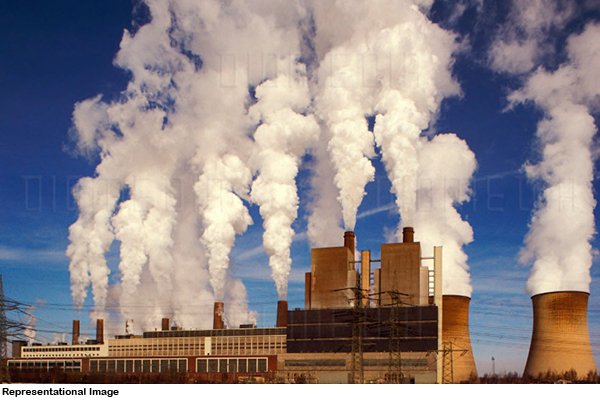Rising global electricity demand in the first half of 2021 outpaced the increase in clean electricity, which has led to an increase in emissions-intensive coal power and, as a result, global power sector carbon emissions, rising from pre-pandemic levels. Gaya, is to say from a report published today by energy think tank Amber.

Dave Jones, Global Head of Ember, commented on this report, saying, “The rapidly rising emissions in 2021 should be seen as alarm bells ringing around the world. Our recovery from the pandemic is not right and we are heading in the wrong direction. Global A very rapid energy transition is critical this decade to limit the temperature to 1.5 degrees. The energy transition is happening, but not with the necessary urgency: emissions are going in the wrong direction.”
The Global Electricity Review’s mid-year update, published today by Amber, analyzed electricity data from 63 countries, which represent 87% of electricity demand. It compares the first six months of 2021 (H1-2021) with the same period in 2019 (H1-2019), to show for the first time how, as the world bounces back from the effects of the pandemic in 2020. The power transition has changed.
The report shows that global electricity sector emissions bounced back in the first half of 2021, rising from the low levels seen in H1-2020, with emissions now 5% from pre-pandemic levels in H1-2019 is more. Global electricity demand also increased by 5% in the first half of 2021 compared to pre-pandemic levels, met mostly by wind and solar power (57%), but emissions-intensive coal power (43%). also increased. Gas remained almost unchanged, while hydro and nuclear saw a slight decline. For the first time, wind and solar generated more than a tenth of global electricity, and this has overtaken nuclear generation.
No country has achieved a true ‘green recovery’ in the power sector. Many countries have resolved to ‘build back better’ and move their economies to a new green normal. But analysis shows that no country has yet achieved a truly ‘green recovery’ for its power sector, which includes structural changes to higher electricity demand and lower CO2 power sector emissions. Although Norway and Russia appear to be in the ‘green recovery’ quadrant, this is due to temporary factors – mostly better rainfall giving higher hydro production – rather than a significant structural reform in the power sector.
Several countries, including the US, the European Union, Japan and Korea, achieved lower power sector CO2 emissions than pre-pandemic levels, with wind and solar replacing coal, but only in the context of suppressed electricity demand growth. In.
Countries with increased electricity demand also saw higher emissions, with coal production increasing as well as wind and solar. These ‘grey recovery’ countries are mostly in Asia, including China, Bangladesh, India, Kazakhstan, Mongolia, Pakistan and Vietnam. These countries have not yet separated emissions and electricity demand growth from each other.
The fastest electricity demand growth occurred in Mongolia, China and Bangladesh, where all saw coal meeting a significant amount of this growth. Bangladesh was the only country with no increase in clean electricity. Vietnam was the only ‘gray recovery’ country where solar and wind accounted for all growth in electricity demand, but the switch from gas to coal production still resulted in a 4% increase in power sector CO2 emissions.
Dr. Mooyi Yang, Senior Analyst, Amber, said, “Developing Asia will have to focus on meeting all demand growth with new zero-carbon electricity, which is the first of the region’s journey to 100% clean electricity before mid-century. Steps will be taken. Developing Asia can leapfrog away from fossils and move directly to cheaper, clean renewable energy. But it depends on whether the region can further accelerate its arduous campaign for clean electricity while as well as use electricity more efficiently.”
AMBER is an independent, non-profit climate and energy think tank that produces cutting-edge research and high-impact, politically viable policies aimed at accelerating the global transition from coal to clean electricity.

